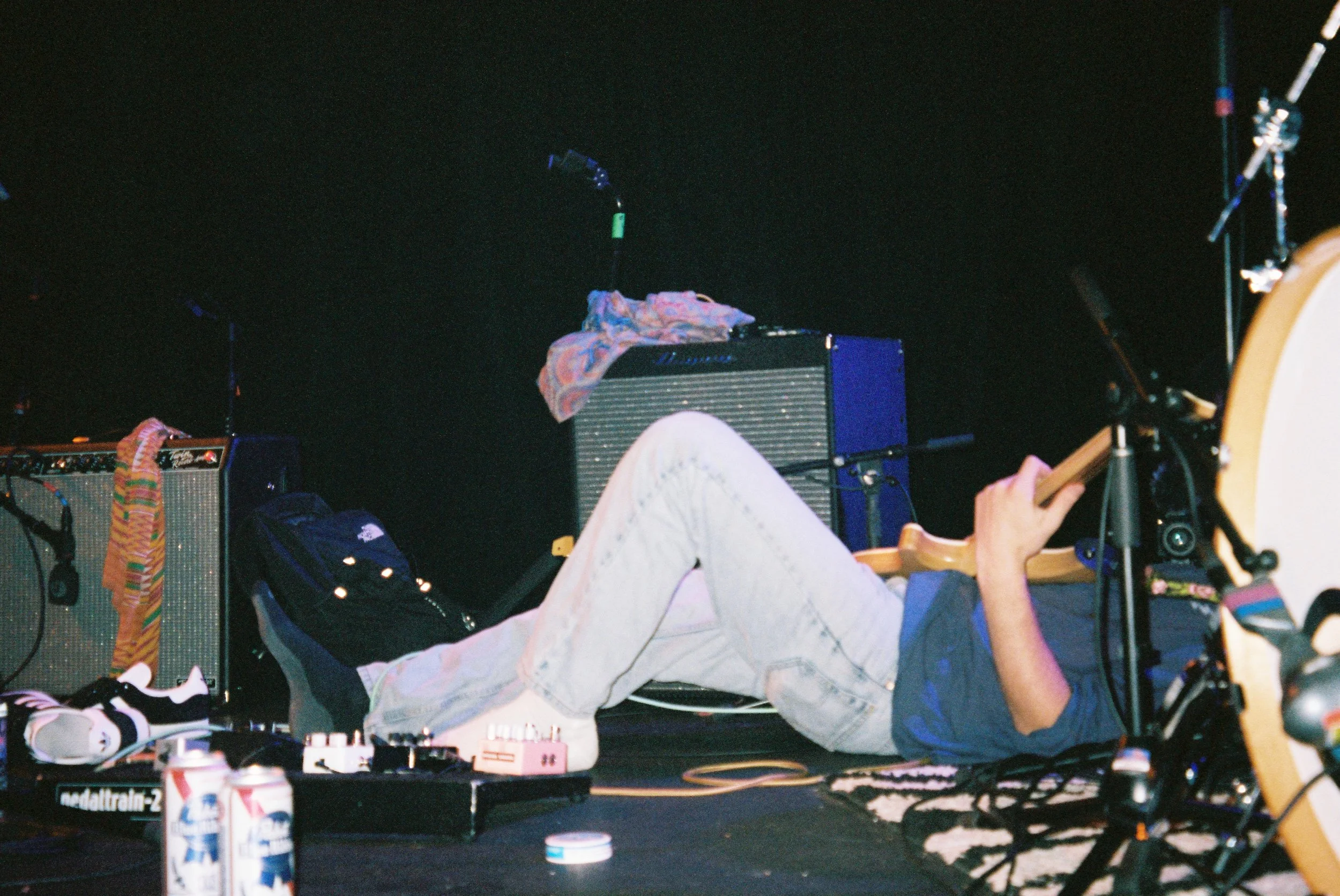Ant Colonies
Insects have been a topic of interest since the nineteenth century, particularly for their instinctive forms that take shape in their lives and communities: they suggest that certain intelligences and systems present in the contemporary world may have predated human life. Entomologists describe these processes as “insect technics”, a focus within entomology that identifies a concept of a “history of technology” within the lives of insects.
The insects mimic and represent many complicated and skillful biological processes in nature. What is so incredible about them is how tiny they are. Before we could inspect things on a microscopic level, insects took up representing the incredible scale on which life mimics itself. How every system is connected and how every process is an imitation of another. Historically insects were even seen as divine, for how small they were and yet so incredibly intelligent, their systems so finely computed. Studying the lives of these insects allowed us to form the foundational ideas of biomimetics.
What is particularly impressive to me is the formation of ant colonies. Under the ground all around us here in Denver, and everywhere else on Earth that i’ve seen, tiny mounds of dirts pop up in the warmer months, in cracks in the concrete, and in the dry spots on grass soccer fields— so tiny and delicate and yet they are the doors to a secret underground universe, a network of neighborhoods that house entire colonies of ants.
There are many architectural features familiar to us today, such as hallways, small rooms, large rooms with many doors leading out of them in every direction, and multiple stories and levels. Some of these colonies build their cities to be as tall as a grown human. It is unbelievable to know that close-to-nothing in scale ants created a structure larger than you or me.
You can see that the deeper the ants go, the more private the rooms get, and the closer to the surface and to each other, there are more community-style spaces. The ants create spiral staircases that connect the different stories.
Every colony is so different and labyrinthine. The ants seem to have collective codes that differ from colony to colony, and even more so species to species. Special blueprints guide their building to serve different purposes. You can see this colony had significant depth to their model, but unlike the first picture, almost every story of the structure had a connection to the rest of the stories around that depth.
These structures appear to be better designed than any famous architecture in human history. Sometimes able to comfortably house millions of ants, sculpted to never collapse or disconnect, these communities are some of the most spectacularly designed. Considering all biological levels, few other organisms that live in communities like this have been successful in designing a system so well-protected, so efficiently mapped, so sustainable, and taking up so little space (even to scale).
Anyone can go into their backyard and cast the first colony they see and get a masterpiece like this. The masterpieces are showing up all over etsy and other online shops: humans trying to make a profit off the work of the ants!
Their art is a demonstration of their superior intelligence. They have been around for 100 millions years and their colonies will outdate us all in the centuries to come.






